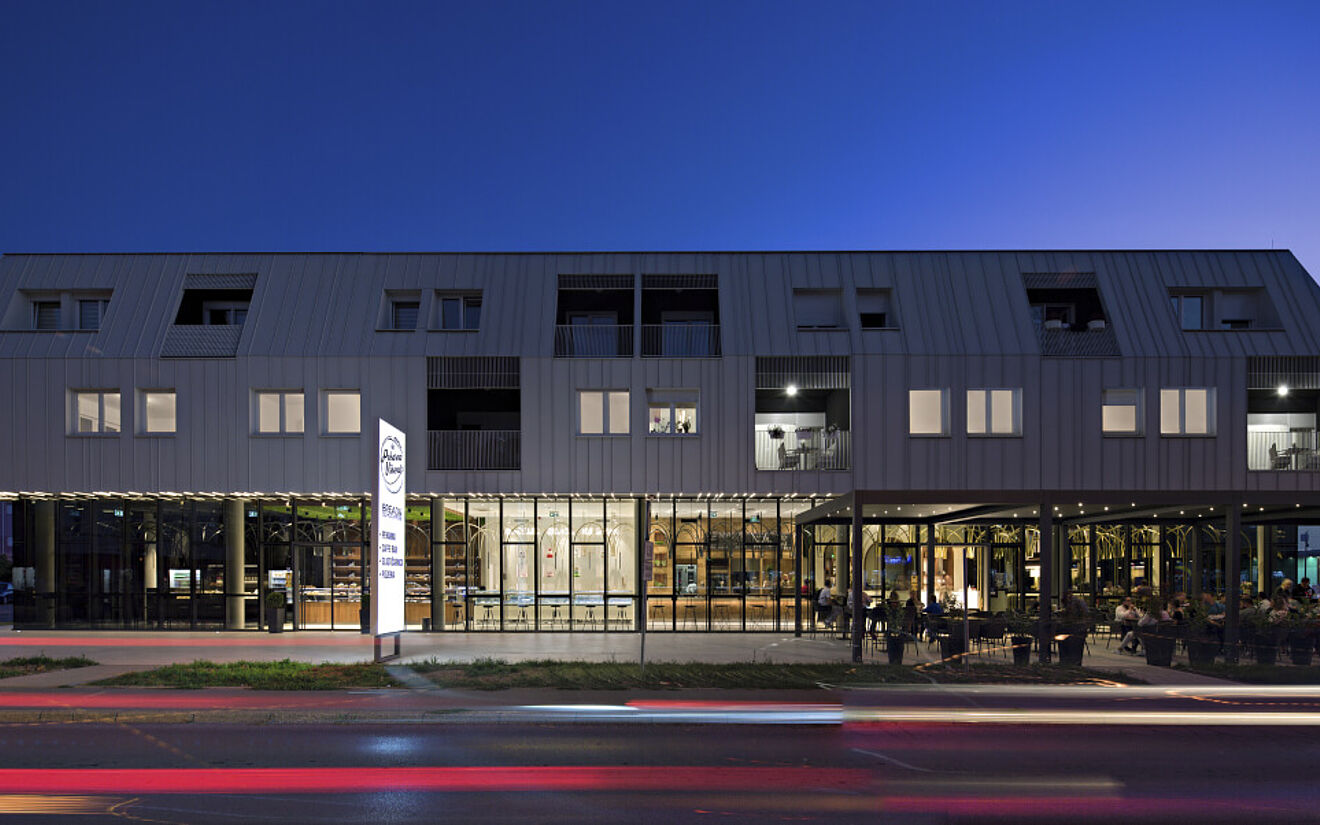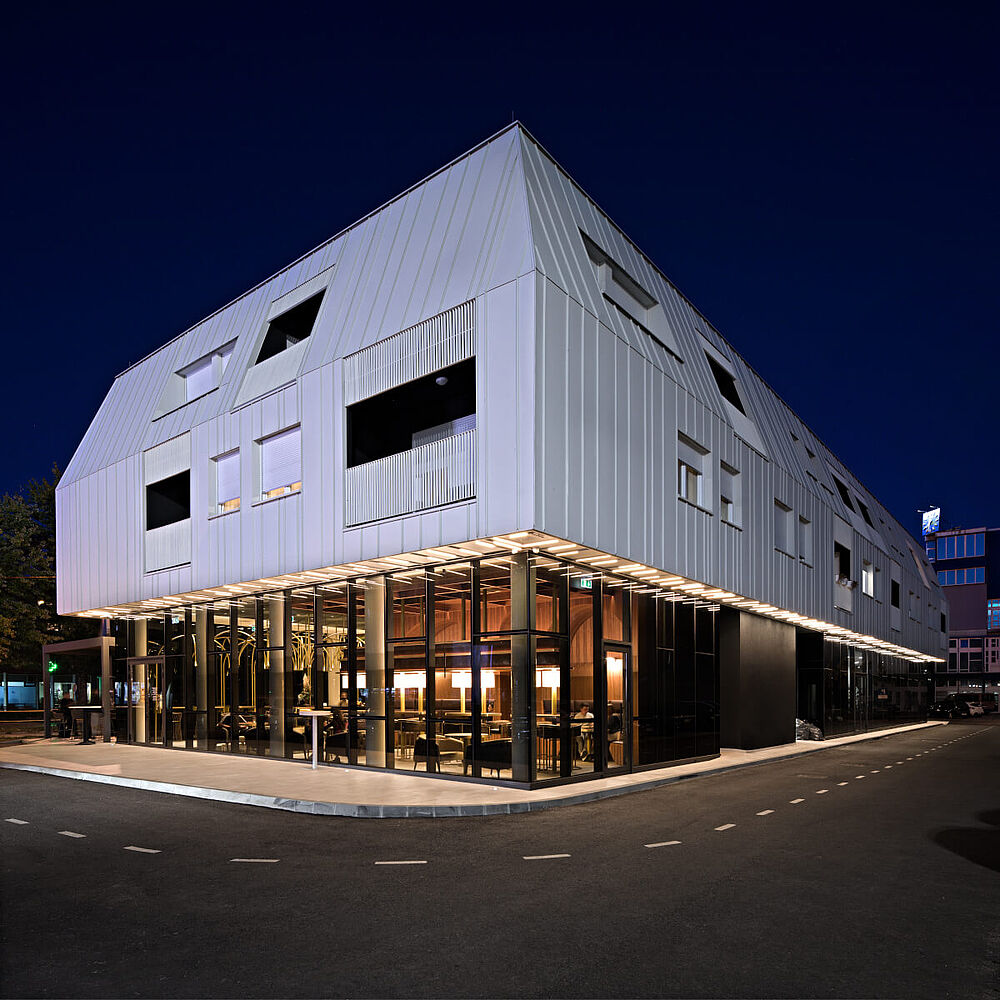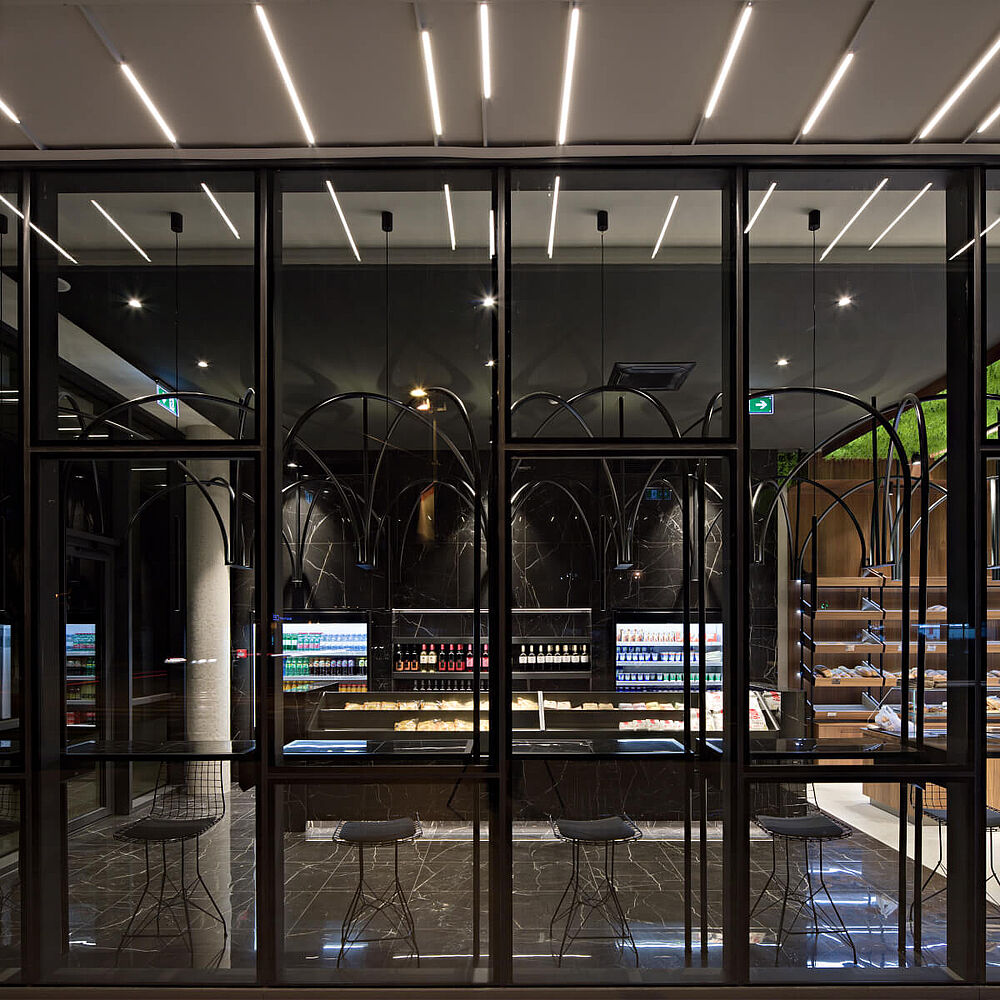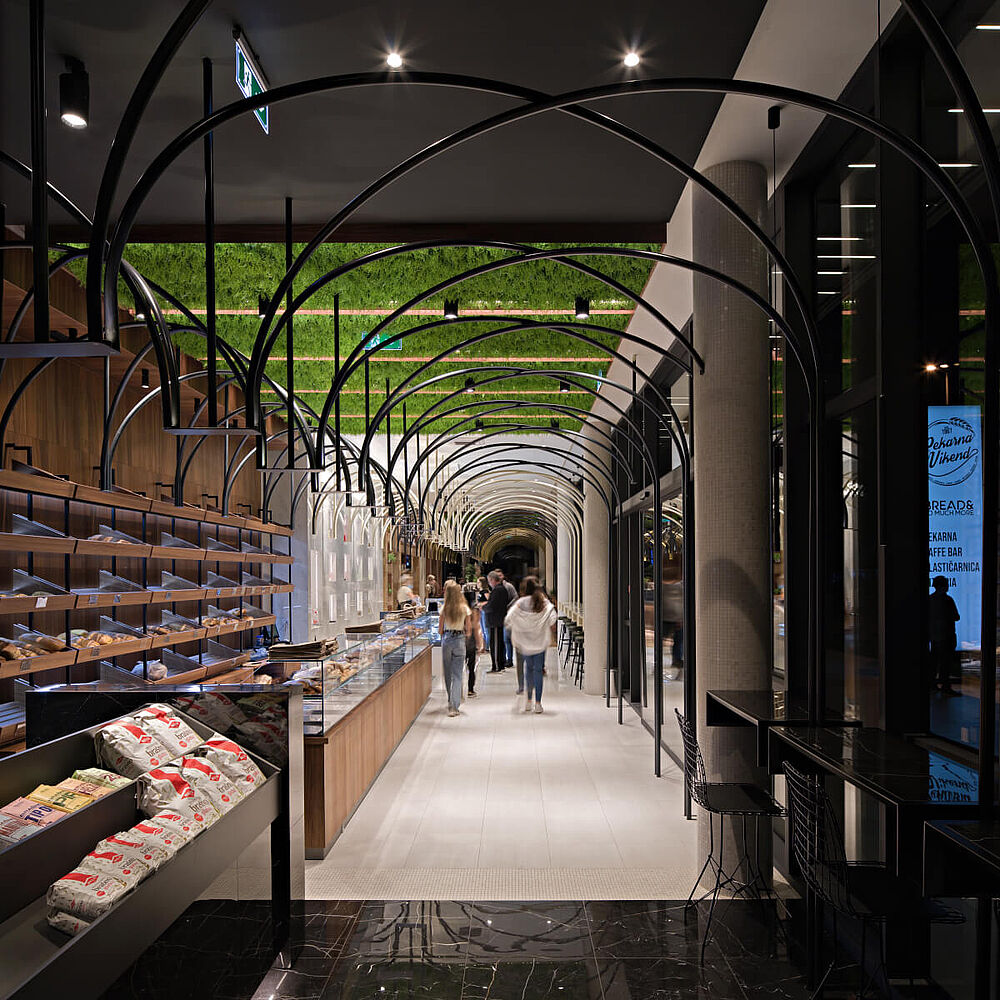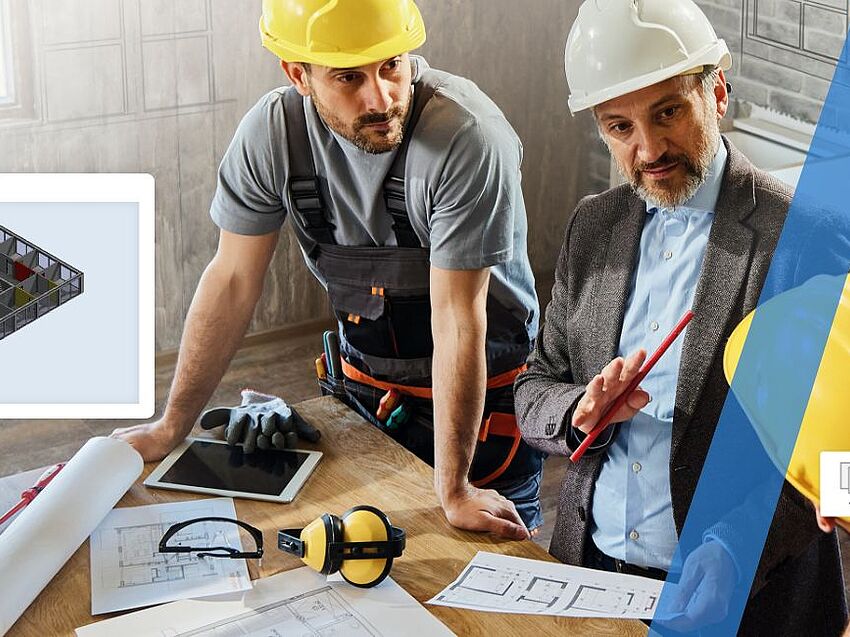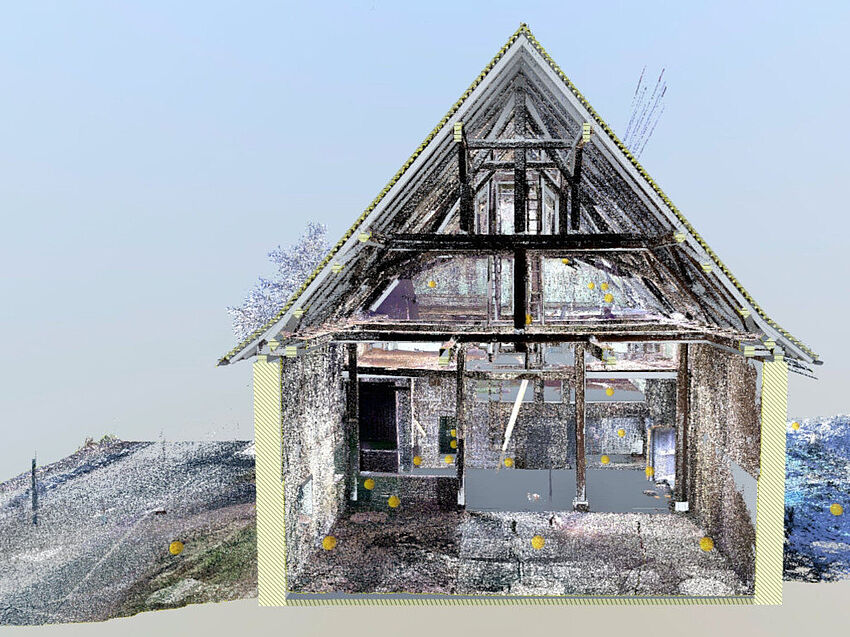In the Croatian town of Kutina, where pitched roofs and modest family homes define the streetscape, a new mixed-use development has quietly redefined what commercial architecture can look like. Designed by MR 2 arhitektonski studio in Archicad and brought to life through the technical expertise of Baldini Studio, the project delivers a contemporary retail space that doesn’t shout – it integrates.
From the outside, the building appears to be a simple one-story home with an attic, clad in sleek aluminum sheeting. But behind this carefully considered façade lies a dynamic interior – one that functions like an indoor pedestrian street, connecting multiple retail units within a shared circulation space. The goal was clear: respect the existing neighborhood character while introducing a new architectural and commercial experience.
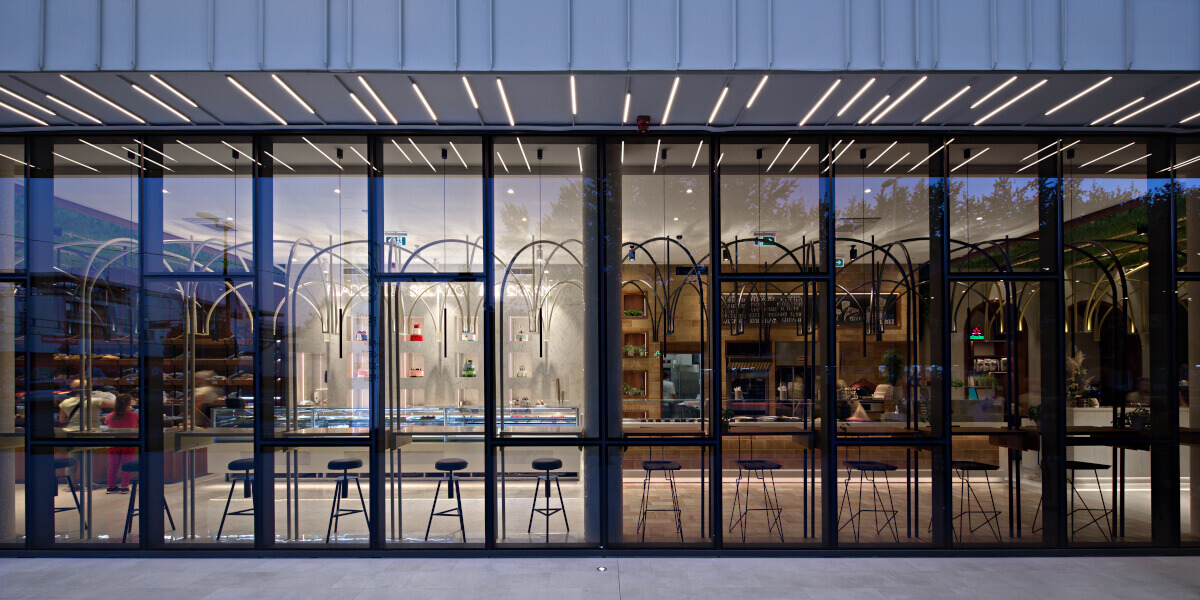
Complexity in a Compact Form
While the finished building looks understated, the design and construction process was anything but. The project team had to work within strict height limitations and carefully balance the massing to blend with its surroundings. At the same time, they needed to accommodate a structurally efficient layout that could handle varying spans, complex load paths, and retail-specific demands – all within a tight footprint.
To meet these challenges, Baldini Studio adopted a fully digital workflow from the outset. A BIM-based approach ensured early alignment between architectural and structural models, reducing coordination issues later on. This digital-first strategy was especially important given the building’s unique layout and constrained site conditions.
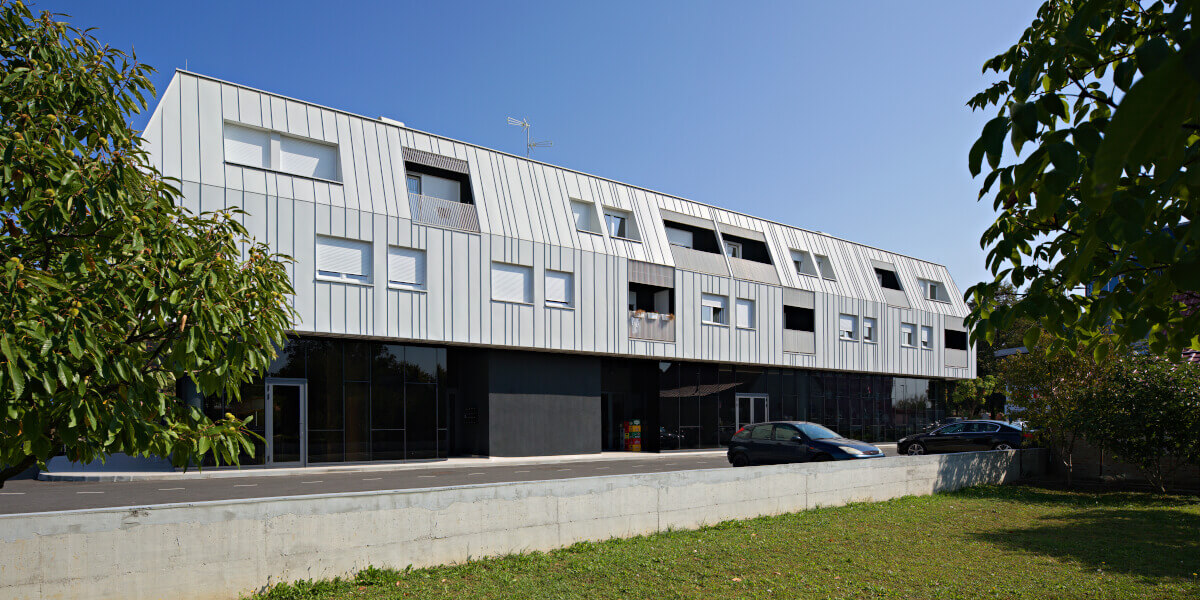
OPEN BIM and Seamless Data Flow
True to the OPEN BIM philosophy, the team tested two different routes for data exchange. One involved importing the architectural model directly into BIMPLUS, while the other passed through ALLPLAN before being uploaded to the cloud. Both workflows performed flawlessly, giving the team confidence that there would be no integration issues further down the line.
BIMPLUS proved especially valuable for tracking design iterations. Using the platform’s visual comparison tools, structural engineers could identify model changes at a glance, with color-coded highlights making adjustments immediately clear. This reduced the need for repeated coordination meetings and helped avoid potential missteps during model handover.
AutoConverter also played a key role in bridging the gap between design and analysis. Instead of manually adjusting geometry or managing node alignment in SCIA Engineer, engineers followed a guided process that simplified the transformation of the architectural model into an analytical one. With each step clearly defined, the conversion process became faster, more intuitive, and less error-prone.
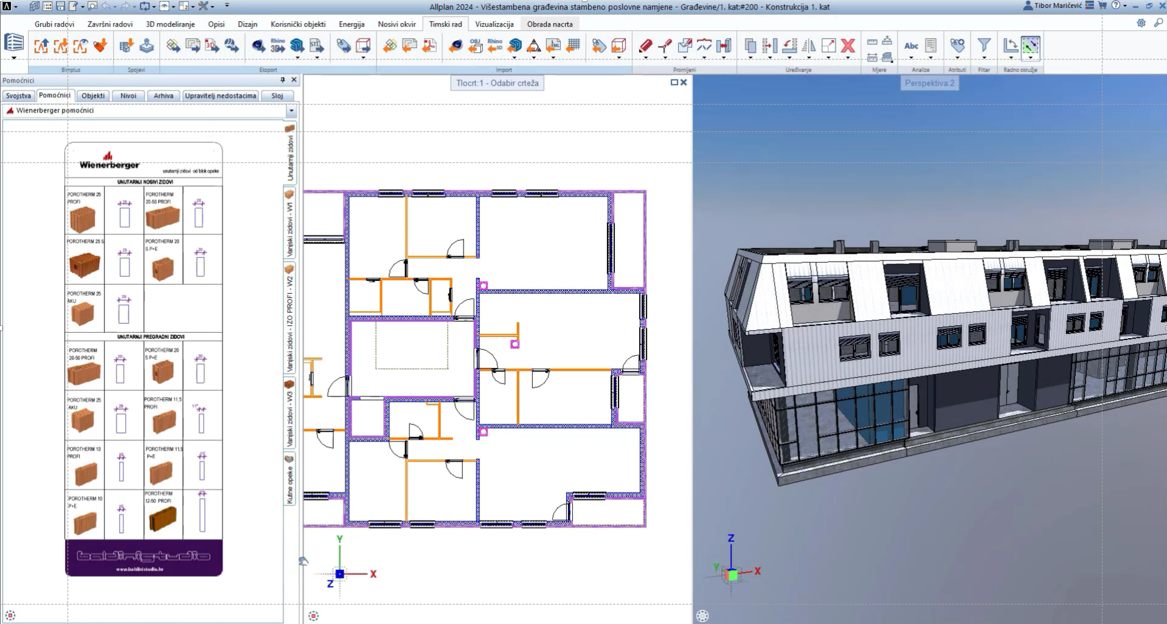
Closing the Loop: From Analysis to Reinforcement
Once the structural design was validated in SCIA Engineer, the team explored how to streamline the next stage – reinforcement. Rather than interpreting calculations manually, engineers generated reinforcement for beams and columns directly within SCIA Engineer, then transferred it into ALLPLAN for detailing and documentation.
This approach delivered multiple benefits. It reduced the time needed to model rebar layouts and lowered the risk of misinterpretation between analysis and drafting. Instead of redrawing reinforcement from scratch, draftsmen could focus on refining the output, combining automatically generated bars with project-specific detailing and print preparation. By feeding the reinforcement model back into the architectural environment, the team also gave architects greater visibility into how the structure interacted with their design.
The result was a fully integrated loop – from concept to analysis, reinforcement, and documentation – that minimized manual work while maximizing accuracy and efficiency.
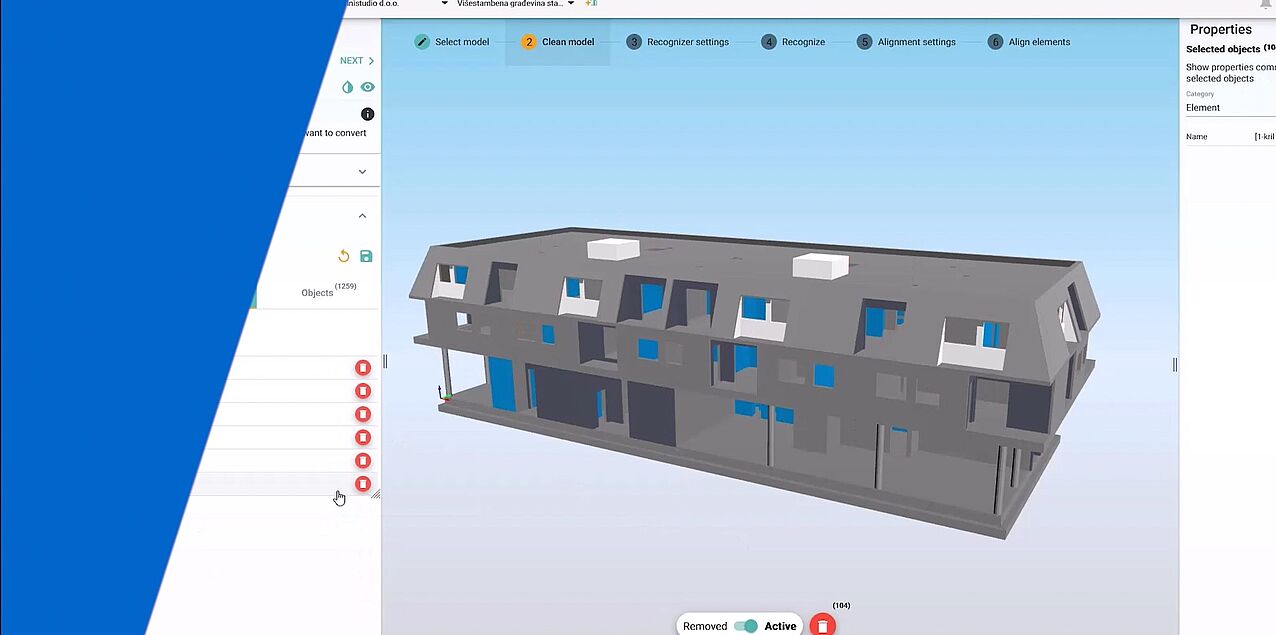
A Model for Future Urban Projects
The Kutina mixed-use building was recognized with a 2024 Big SEE Architecture Award, celebrating its thoughtful design and the digital collaboration that made it possible. It’s a modest structure, but one that sets a valuable precedent for sensitive urban development in smaller towns.
What makes the project notable isn’t just its final appearance, but the seamless process behind it. By embracing a connected, model-based workflow – from BIMPLUS and AutoConverter through to SCIA Engineer and ALLPLAN – the team turned a complex design challenge into a coordinated and efficient build. The approach cut down rework, improved clarity across disciplines, and delivered a better-quality outcome.
As Baldini Studio continues to champion digital transformation in the region, the Kutina project shows how powerful that shift can be. It’s proof that even the most context-sensitive designs can benefit from BIM – and that innovation doesn’t have to come at the expense of harmony.
